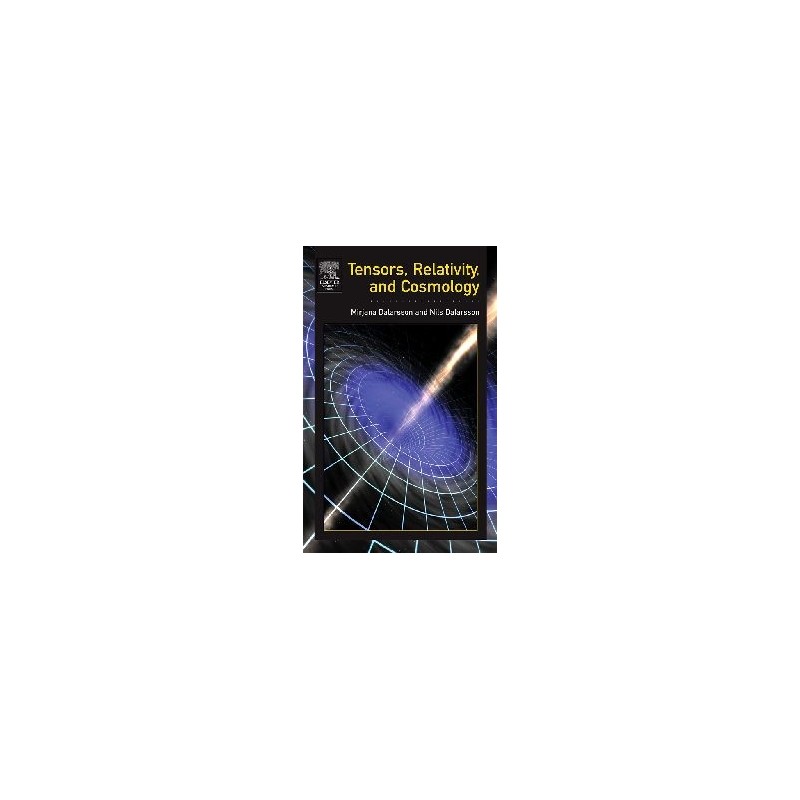- Obecnie brak na stanie



UGears U-Fidgety Trybiki to zestaw czterech miniaturowych modeli z wysokiej jakości sklejki, które symbolizują różne wartości i mogą służyć jako breloczki do kluczy, stymulując przy tym koncentrację i kreatywność użytkownika. UGears 70029
Brak towaru
Zaawansowana drukarka 3D, która oferuje wyjątkowe możliwości w druku wielokolorowym dzięki systemowi Automatic Material System (AMS). Obsługuje szeroki zakres filamentów, w tym PLA, PETG, TPU, ABS, a także polimery wzmacniane włóknem węglowym, zapewniając maksymalną temperaturę hot endu do 300°C i prędkość druku do 500 mm/s. Urządzenie jest wyposażone w zaawansowane funkcje, takie jak Bambu Micro Lidar, kamera monitorująca komorę oraz odzyskiwanie po utracie zasilania, co czyni je idealnym rozwiązaniem dla wymagających projektów przemysłowych i hobbystycznych. Bambu Lab X1-Carbon Combo
Brak towaru
Wzmacniacz telefoniczny - zesta w do samodzielnego montażu
Brak towaru
Brak towaru
Zestaw do budowy robota dinozaura sterowanego przewodowo za pomocą przełacznika. Totem TKR-TRX
Brak towaru
Brak towaru
Brak towaru
Brak towaru
NUN08 to organizer warsztatowy wykonany z wysokiej jakości tworzywa sztucznego, przezroczysty, zamykany na zatrzaski, z solidną rączką zapewniającą wygodny transport. Posiada 5 przegródek
Brak towaru
Precyzyjny śrubokręt wraz zestawem akcesoriów, w tym 30 bitów (płaskie, PH, PZ, gwiazda/Torx, hex/imbus). Całość w wygodnym organizerze. Velleman vtscrset10
Brak towaru
Brak towaru
Filament firmy ROSA3D wykonany z wysokiej jakości granulatu PLA-Silk charakteryzującego się intensywną barwą oraz wyjątkowym połyskiem. Na szpuli nawinięte jest 0,8 kg filamentu o średnicy 1,75 mm. Filament ROSA3D PLA-Silk Steel
Brak towaru
Brak towaru
Minikomputer z 4-rdzeniowym procesorem Allwinner V40 ARM Cortex-A7, kartą graficzną Mali 400 MP2 GPU, 1 GB RAM, WiFi, BT 4.0 oraz licznymi złączami. Banana Pi BPI-M2 Berry
Brak towaru
Brak towaru
Brak towaru

